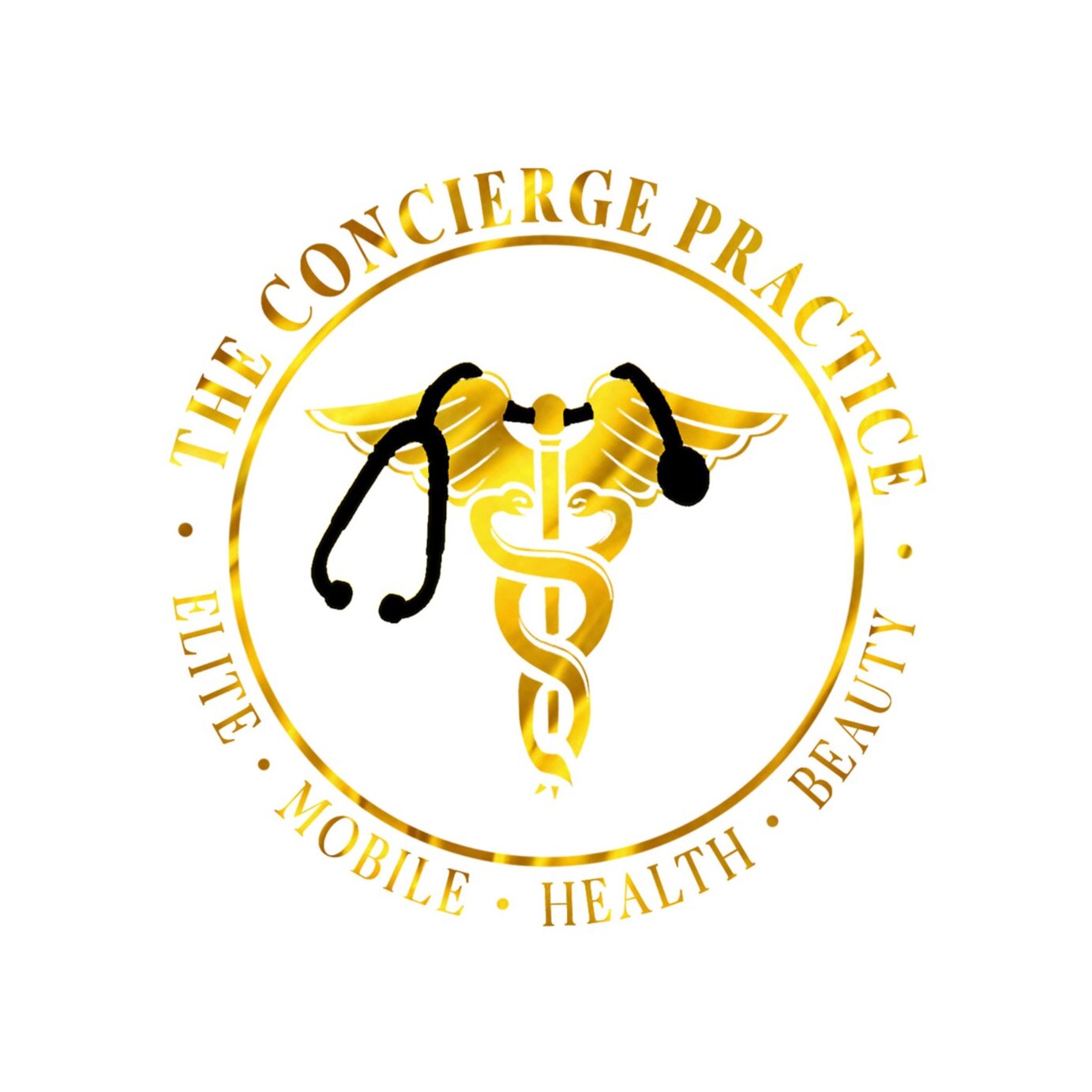Unraveling the Mystery of Nonalcoholic Fatty Liver Disease
By Aliyah N.A.
Your liver, the most underappreciated organ in your body, faces an unprecedented adversary, non-alcoholic fatty liver disease. As the name suggests, fatty liver disease is the build-up of fats in the liver that can damage the organ and cause many complications, such as liver cirrhosis and liver failure. From greasy guilty pleasures to sedentary habits, the modern lifestyle has dramatically boosted this health peril. Fatty liver disease, once dismissed because of excessive alcohol intake, is now primarily caused by the obesity epidemic. Consequently, the disease does not discriminate between adults and children, and in fact, the prevalence of this disease among children is on the rise.
However, the good news is the disease is often preventable and even reversible lifestyle and behavioral changes. So, keep reading to learn more about this enigmatic disease condition and potential plant-based ways of prevention.
Risks Associated with Developing Fatty Liver Disease
Besides excessive alcohol consumption and obesity, some of the additional risk factors that can lead you to develop fatty liver disease include:
● Diabetes mellitus
● A high-fat diet
● Hypertension (high blood pressure)
● Dyslipidemia (high cholesterol and triglycerides)
● Obstructive sleep apnea (a condition that causes breathing to stop and start during sleep)
● Menopause
● An existing liver problem like liver cirrhosis
Certain Foods/Dietary Factors That Increase Chances Of Fatty Liver Disease
Non-alcoholic fatty liver disease (NAFLD) occurs for a variety of reasons, including a poor diet. Some dietary factors that can increase your chances of developing non-alcoholic fatty liver disease are:
● Consuming excessive amounts of sugary foods and beverages, such as soft drinks, desserts, and candies
● Diets high in saturated fats and trans fats commonly found in fried foods, processed snacks, and fatty meats.
● High intake of fructose, often found in sugary drinks and processed foods
● A diet low in fiber, such as a decreased consumption of leafy green vegetables
● Losing weight too quickly, primarily through crash diets or starvation. The body begins to break fats in fat tissues into fatty acids, significantly increasing their delivery to the liver and potentially causing or worsening fatty liver disease.
● Unhealthy snacking habits and frequent consumption of refined carbohydrates and unhealthy fats
In addition to dietary habits directly causing fatty liver disease, they also lead to insulin resistance, obesity, dyslipidemia, and hypertension.
How Plant-Based Eating Can Prevent Fatty Liver Disease
A plant-based diet is an excellent way of not only preventing this deadly health condition but also managing it. Once the excessive intake of alcohol, sugary beverages, and high-fat foods stops, it allows the liver to start the process of healing and regeneration. Instead of storing excess fat, the liver converts it to release various products used by the body.
Here is a list of foods to include in your healthy liver diet:
1. Nuts and Seeds
Just like inflammation, a natural part of the immune system, fats have also gained a bad reputation for causing a variety of health problems, including cardiovascular and liver. However, not all fats are bad, especially omega-3 fats, also known as essential fatty acids, as our bodies can not synthesize them. Among their many benefits, omega-3 fats found in nuts and seeds (such as flaxseed, chia seeds, and walnuts) and plant oils (such as flaxseed oil, soybean oil, and canola oil) also help reduce liver fat, boost the production of high-density lipoproteins (good cholesterol) and lower triglyceride levels. Thus, they can prove helpful against fatty liver disease.
2. Leafy green vegetables
Due to their high anti-inflammatory and antioxidant properties, leafy green vegetables are an excellent way to combat fatty liver disease. In addition, eating vegetables such as spinach not only reduces fat intake, but the increased fiber intake also lowers the absorption of fats you consume.
3. Beans and Legumes
Both beans and legumes have great potential to rescue the liver from fat overload. Beans such as lentils, chickpeas, and peas improve gut health and lower blood pressure and triglycerides in obese people, preventing the development and potentially reversing fatty liver disease.
4. Turmeric and Garlic
Besides their taste-enhancing abilities, both turmeric and garlic also have numerous benefits for the body, including the liver. They are packed with antioxidants that reduce inflammation and help with weight loss and obesity. Research has shown that consuming turmeric and garlic in foods or as supplements has an inverse relation with fatty liver disease.
While the incidence of fatty liver disease, which leads to liver cirrhosis and, ultimately, failure, is on the rise, it is easily manageable. Besides medical interventions, lifestyle modifications, including a change in dietary habits, is an excellent way to fight this condition. In general, the plant-based diet plan for fatty liver disease includes lots of fruits and vegetables, high-fiber foods like legumes and whole grains, and an increased consumption of unsaturated fats found in avocados, olive oil, and nut butter.

